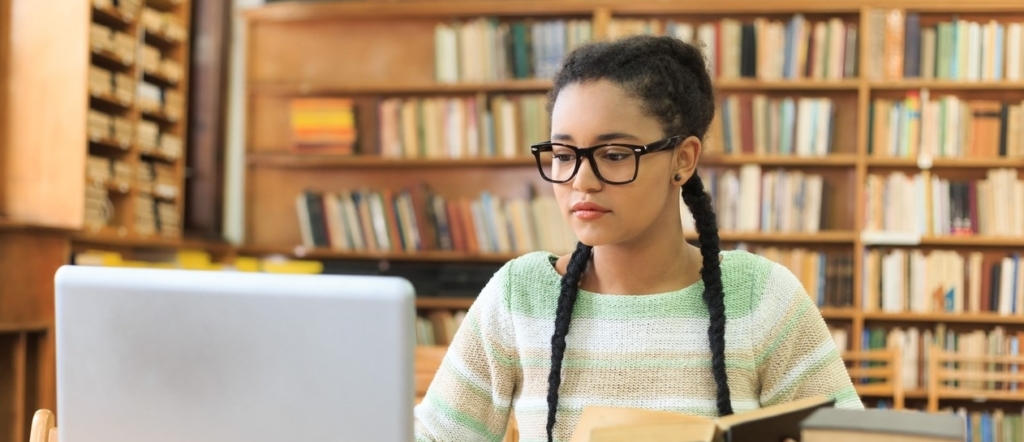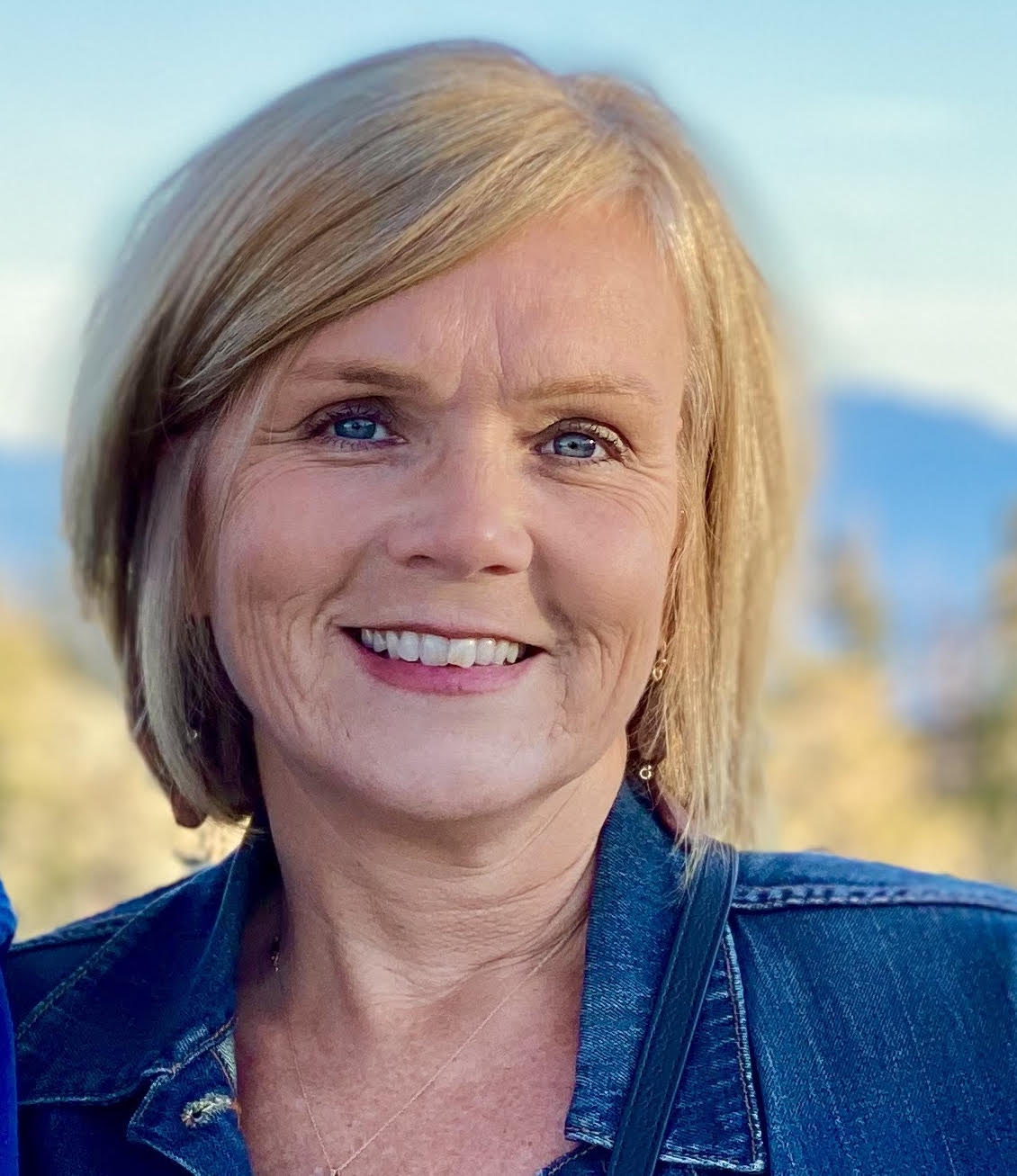You can’t be a critical thinker if you’re not given the opportunity to think critically out in the real world.
Susan Dugle, Chief Academic Officer, Shelby County School District
In January 2021, we spoke with Shelby County School District’s Susan Dugle about the steps the district has taken over the past decade to advance their learner-centered vision. In this follow-up interview, we dive more deeply into why and how the district has opened their walls to enable learning throughout their rural community.
Q. Why is it so important to look beyond the walls of the school to enhance a young person’s learning?
Susan: With all the expansive knowledge available in the world, there’s no way a single educator can (or should) provide all the opportunities or information required to prepare kids for the world beyond high school. We believe that learning, not time and place, is the only true constant.
That applies to all content areas, including learning effective communication. We establish a solid foundation in the classroom, but there’s no substitute for applying skills in the real world. And, learning effective communication has a uniquely immediate benefit. It equips young people with the aptitude, confidence, and agency to reach out and build relationships in the community.
To that end, we usually require students to make the initial contact with a business when seeking out an internship. Within the focus on effective communication, students in our district learn to write a résumé and compose professional emails. And, if we did not have an authentic audience with which to showcase and fine tune those talents, it wouldn’t be true learning or learning that is relevant to their futures.
Q. What has this focus on contextualized and relevant learning be so foundational for your district?
Our district wants something different for our young people. We are committed to developing innovators, communicators, collaborators, and global citizens who are engaged in taking informed action. It’s hard to be a global citizen if you’re only learning in the classroom. It completely misses the mark on the “global” component. We gradually cultivate this mindset in young people by teaching them what it means to be a citizen in the classroom, a citizen in the community, and a citizen of the world.
Related Reading: Embark Education: A Conversation with Miguel Gonzalez
And, we start very early with kids. It’s not just about high school kids getting access to internships or building relationships with businesses. We have elementary-aged kids doing project-based learning and middle schoolers who have created sustainable projects that help our community.
The great thing is that this vision is shared across our entire school district, County Board of Education, and our vibrant community of over 70 businesses and industries. Every element of our system drives toward ensuring its success.
Q: The last time we spoke, you mentioned the importance and value of developing a community-owned vision. How did you continue advancing that work after the vision was finalized?
Susan: In the early going, after finalizing our vision and our Profile of a Graduate, we rolled out a big marketing campaign to educate our community, including promoting our vision in a local magazine and a local newspaper. We also met with service organizations and parent groups to build strong partnerships. This consistent, transparent communication gave us an edge leading into the pandemic.
For example, in August 2020, we introduced the concepts of synchronous and asynchronous learning to parents. Now, that vocabulary is weaved into the way our community sees and articulates the learning that’s happening. And, grasping those concepts shifts everyone’s perspective on time and its relationship to learning.
During the pandemic, families have learned together how to balance structured and unstructured time and what needs to be prioritized, which sometimes mimics the college atmosphere for these middle and high schoolers. But, agency and independence are different things. There’s a shared understanding, among adults, that it doesn’t mean giving learners complete independence. We have strong scaffolding and benchmarks in place to keep learners on track.
While there are still boxes we have to live inside of, such as adhering to Kentucky’s school attendance policies, our state, as a whole, is committed to exploring how to do things differently.
There are groups of school districts across Kentucky pushing the envelope around policy and funding in ways that will enable our state to continue down a path of transformation. And, while we’re not where we want to be, it’s empowering to see what’s possible and know that the Kentucky Department of Education is willing to be a partner in figuring it all out. It’s one less obstacle in the way of innovation.
When an entire Department of Education is in your corner, that gives you the leverage and confidence to enlist other key community stakeholders in your vision.
Q: In what ways does your Profile of a Graduate forward your district’s desire to provide open-walled learning experiences?
Susan: Our profile is designed to give young people competencies that will benefit them through their life, whether they go to a four-year college, attend a post-secondary technical school, join the military, or enter straight into the workforce. There’s broadly shared pride that we’re empowering young people to engage in flexible, real-world skills building.
When we initially created our competencies, we determined that young people can’t learn them through a conventional delivery of educational instruction. You can’t be a critical thinker if you’re not given the opportunity to think critically out in the real world. You don’t become an innovator unless you’re given the opportunity to put the concept of innovation into practice.
Our goal was to ensure local businesses and organizations understood that we’re all in this together and that helping young people gain these competencies, through opportunities to put them into practice out in the community, will support future workforce development across the county.
Q. How have you been advancing the accessibility of internship opportunities for the young people you serve?
Susan: Despite the constraints of the pandemic, there are many kids immersed in internships right now: both virtually and in-person, including in the tech, medical, media, governmental, equine, and yes, even education industries. Young people interested in becoming educators are in classrooms working with kids and gaining valuable experience.
It’s important that every kid has the opportunity to do an internship in high school; the kind varies from student-to-student based on their unique interests. And, the great thing is they aren’t time-bound opportunities. If there’s an internship a young person particularly loves, she might have a year-long experience. Others might have a semester-long experience.
One of the really cool things that will take our internship program to the next level is our partnership with KentuckianaWorks, an organization in the early stages of developing an app that uses your address to pinpoint nearby job and internship opportunities. It will also provide information about compensation levels and degrees you might need to secure a specific position.
The plan is to interface with our internship program and use the app as a tracking tool that young people can download to their phones and easily access at any time. It could be a game changer in terms of empowering our young people to make connections that might lead to an internship or more.
Another important piece has been transportation. When it became a barrier to enabling students to learn out in the world, our transportation department stepped up to provide a solution, creating a transportation system that runs through our community throughout the day. We are now able to seamlessly move kids around the community, based on their unique learning pathway.
Q. Although you have a focus on open-walled learning, the school building remains a significant learning space. How are you designing these spaces to match your evolving vision?
Susan: At our core, we aim to design flexible learning spaces. Whenever the district renovates facilities or builds new facilities altogether, the design always reflects our vision for creating wise students who master standards, embrace social responsibility, and lead by example. We define “wise” in terms of the ways you apply knowledge and content. We want to empower young people to be flexible as people by ensuring their learning environments are flexible, too.
Many of our libraries don’t look like a library you would find in a conventional school. We’ve made design choices that make them more inviting with enhanced technology. And, we don’t have librarians. We have library media specialists who collaborate and co-teach with educators and identify credible resources to support instruction. And, because some of our dual-credit courses are asynchronous, they happen online and are completed at a young person’s own pace. That means the library or other designated spaces may serve as a student’s hub during flexible time periods.
We’ve reimagined shared spaces in one of our oldest high schools by placing high-top tables in the lobby, where students can work and mingle. The next phase we’re embarking on is renovating the entire school according to our learner-centered, personalized-learning vision, which can draw inspiration from a K-8 building we built two years ago.
This new building has several open concept components, including a large wing of the school with neighborhood clusters (a group of closed working spaces) that opens into a centralized, collaborative space. In the collaborative space, there’s flexible seating, workspaces, and a science area that has a wet space with a drain, so students don’t have to worry about getting really messy with their experiments.
The K-8 school has outdoor classrooms and amphitheaters, as well as Career and Technical Education (CTE) areas where students can explore robotics. This school has large multi-purpose spaces where we invite community members in to watch learners give exhibitions, welcome in guest speakers to make presentations, and hold concerts and theater productions.
Flexibility looks different in every school in our district because you can’t mandate transformation and innovation. Along with all of our school leaders, we create the constructs and blueprint, whether it be around transportation, food service, or finance. But, without ownership and empowering leaders, the vision that’s reflected in physical spaces is not sustainable.
Every school takes their own approach to how they manage time, space, and learning beyond the walls of the school. That’s how you continue to scale and sustain transformation across a school district. Everything you do has to be in service of your vision.

